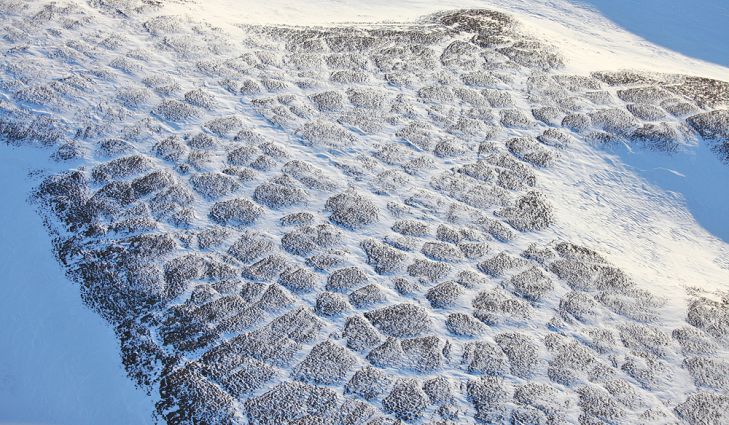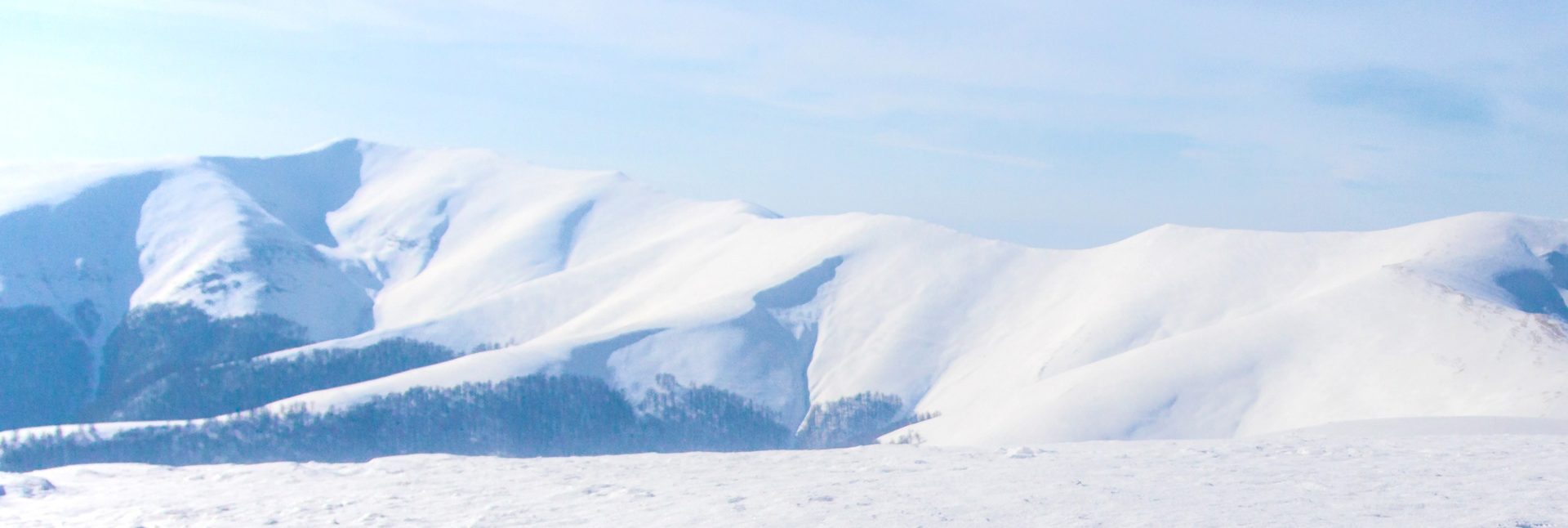
Applications
Applications for AFC technology are many and varied. The original and still most prevailent application is for permafrost stabilization. Other appications are containment and barriers for hazardous waste and mining and dams.
This technology has been in use since the 1960’s and as such has been utilized on over 900 installations. Most of these applications have been in arctic climates where soil freezing is accomplished passively (i.e. without the use of power). The essence of thermosyphon technology is well developed irrespective of the climate it is applied in.
The cooling can be concentrated at predetermined subgrade depths through selective control of the wetted surface. Conventional liquid systems cannot selectively concentrate the cooling to a subgrade location because they experience their maximum temperature differentials near the refrigeration unit above ground.
Two-phase systems are inherently more efficient than single-phase systems. The heat transfer associated with the liquid-to-gas and gas-to-liquid phase change is thermodynamically more efficient than are the heat transfer attributes of single phase liquids or gasses.

Mining & Dams
Ground freezing can be a beneficial technology for dam building without regard to any specific industry, or the purpose the dam serves. Containing waste is only one of many aqueous liquids that are controlled by dams – clean water being the most common, whether for storage purposes or flow control purposes.
Dams are typically constructed with an impervious core such as clay, but a frozen core can be used just as effectively, although it is not a well-known method in temperate regions. Sometimes the purppose of a dam is for water storage, and sometimes it is to keep water from invading a downstream area where activities such as mining are being conducted. If you visualize a large mining excavation next to a lake, you can understand the potential for the lake water to invade the adjacent lower area. A dam would mitigate this potential. A frozen dam can be even more effective than a traditional type because freezing can more effectively seal multiple soils types in the dam, and if necessary, well below it

Permafrost
Permafrost is any soil or rock maintained at or below 0 degrees C for a minimum of two years. As long as more heat is removed than is added, a permafrost mass will be maintained. AFI’s two-phase thermosyphons operate when the condenser is colder than the liquid in the evaporator or when the air is colder than the ground.
Thermal design of a foundation to maintain permafrost must extract the heat from the building or seasonal thaw from above, geothermal heat from below, heat from warmer soils surrounding the site, buried water and sewer lines, runoff from building roofs, and surface drainage. The design must also allow for seasonal thaw without affecting the foundation.

